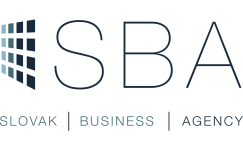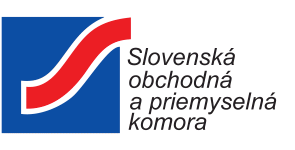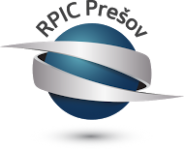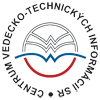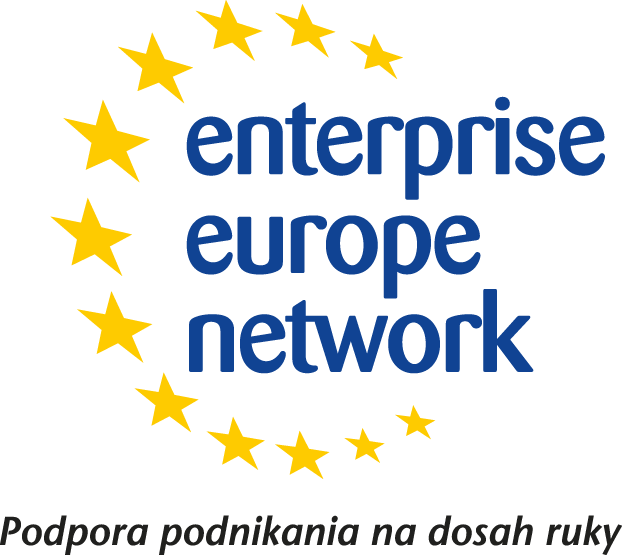Summary:
The Romanian agency offers a product that uses a specific algorithm based on machine learning and optical character recognition that continuously learns to identify and classify documents.
It is aimed at high-paperwork departments or industry that looks to lower processing times and accelerate document-related workflows.
The product developer would like to set up a commercial partnership, license or a joint venture where the partner is able to effectively sell the product.
Description:
The Romanian IT solutions provider is an internationally operating company, focusing on the development of complex web, mobile and cloud applications in the field of warehouse management, truck maintenance, fuel optimization, charter network management, invoicing/ post-calculation, route and shipment management, as well as bidding process management.
The company is aiming to bring document management systems (DMS) to the next level and is introducing document management automation (DMA), in order to accelerate workflows and increase quality of data.
In the first phase of the process, various documents are uploaded to the portal. Each file is then assigned to a different category such as "fuel receipt" or "CMR". According to specific rules for each type, it accepts or rejects documents almost instantly. Thus, the person who uploads a document knows if it is accepted or not, on the spot. If not, they can try again with a better picture/scan until they are accepted.
Then, a matching algorithm compares the recognized information with the data of the forwarding software, the transport management or ERP system. The tool is searching specifically for shipment numbers, loading and unloading addresses or order numbers. A degree of significance can be assigned to each of these data fields beforehand and at the end of the process a number of points is calculated which signals the degree of concordance.
If certain values are not reached, further manual or automated actions are triggered. The employees will immediately find out whether the uploaded document has been accepted by the system. If not, they can try again with a better scan. The high accuracy of the self-learning algorithm means that only around 10 percent of the documents have to be post- processed manually.
With this solution, clients can expect up to 90% cost reduction in cases with high document processing demand:
•High accuracy and self-learning algorithm. Overall, it recommends manual checks to only 10% of the documents - 90% are correctly identified.
•Easy to integrate into the existing systems. No matter the systems used by the client, the same performance is guaranteed.
The product can be developed to work in any industry that has high paperwork-related workloads. The company’s desire is to expand in the finance sector next but would prefer to have a partner to focus on selling the product for logistics first as it’s already mature there and it’s already used by a mid-size client. Thus, a commercial partnership would mean that there will be a contract set up that sets specific pricing ranges and/or percentages of sales that the selling partner will get access to. The partner will then be able to sell the product to the clients they identify. This would not grant general exclusivity to the partner but, under certain circumstances, can have exclusivity rights granted for a specific geographical region. Contractual clauses will be negotiated in order to reach the best outcomes for both parties.
A joint venture would mean that the parties set up a separate legal entity in which there is a co-investment. This model can present a greater opportunity to grow as there is an option to secure funding required to capture market share and to ramp-up product development in more industries as well as expand on functionalities already available faster. In order for this to work, the partner should have a good network of investors to help secure funding as well as experience in recruiting and setting up management teams for software as a service (SaaS) companies. The company has previous experience in setting up joint ventures and rolling out software products based on this model. The outcome sought by this approach would be for the joint venture to be acquired within 5-8 years by a large market player.
Other potential partners can be early adopters,SME`s,enterprises, organisation interested to automate their document management processes, based on license agreement.
Type (e.g. company, R&D institution…), field of industry and Role of Partner Sought:
With a vast experience in delivering custom IT solutions for the logistics & supply chain sector, the company is
interested in developing new partnerships, under the form of a commercial, joint venture or license agreement.
They are looking for:
-Commercial partners to promote the product in sectors, such as logistics and supply chain, respectively other industry fields, where the solution could bring an added value.
-Investors and entrepreneurs, who are interested to bring the product to the next level, based on joint venture agreements.
-Early adopters, SME`s, enterprises and other organisation forms interested to automate their document management processes based on license agreement.
Stage of Development:
Already on the market
External code:
BORO20210510001


